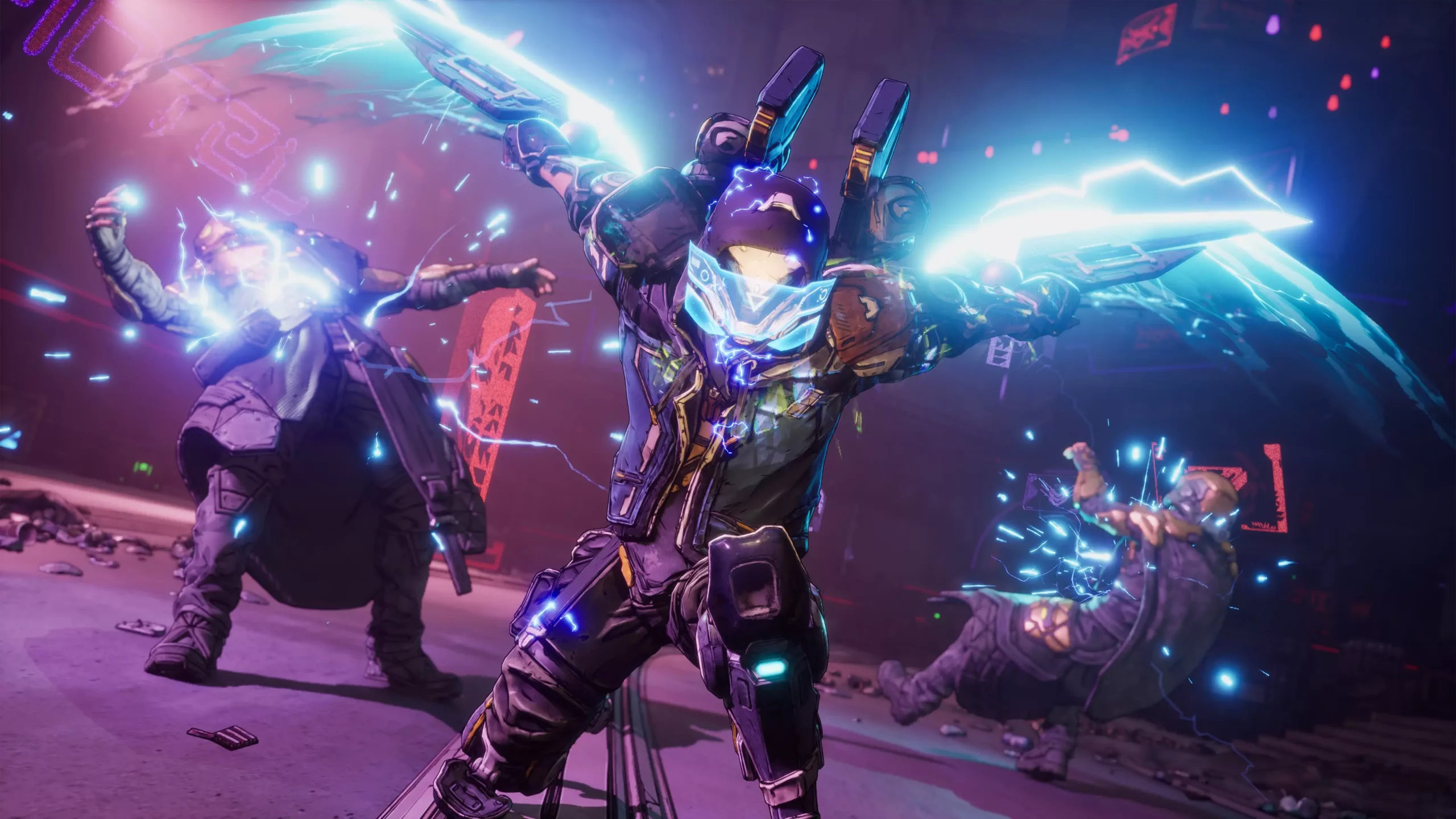As video game development continues to evolve, so does the cost associated with bringing these expansive worlds to life for players. In recent years, we have witnessed a significant shift towards premium pricing, with some titles breaching the $80 mark. This trend raises an intriguing question: how will Gearbox, under the Take-Two banner, price the forthcoming Borderlands 4? With Gearbox’s Randy Pitchford being somewhat ambivalent and acknowledging the various economic pressures, the discourse surrounding this continues unabated.
The Price Point Paradox
During a recent panel at PAX East, Pitchford candidly admitted, “I don’t know” when asked about Borderlands 4’s pricing structure. This lack of clarity is telling of the broader uncertainties in the gaming market. Recent price increases by rivals like Nintendo and Microsoft have set a precedent that could potentially influence the pricing strategy of Borderlands 4. However, the cautious tone in Pitchford’s commentary suggests that while the industry may be inclined to increase prices, there remains a substantial risk in alienating gamers who are sensitive to price hikes. The balancing act between maximizing revenue and maintaining goodwill with the consumer base is a challenging one for developers.
The Burgeoning Development Costs
One of the core issues facing Gearbox is the doubled development budget for Borderlands 4 compared to its predecessor. This financial reality cannot be ignored; it is a challenge that many studios are grappling with as development scales upwards and consumer demand for high-quality content intensifies. With the landscape growing “gnarly,” as Pitchford aptly puts it, the question pertains not just to how much Borderlands 4 will cost, but rather how it can justify that cost to consumers.
When budgeting for major titles, developers must weigh the interest in expansive game worlds, intricate narratives, and high production values against the risk of pricing themselves out of the market. This dilemma pulls at the core philosophy of many game developers: the desire to provide players with value that they perceive as more than the price they pay. Pitchford encapsulates this when he posits that the fundamental philosophy revolves around ensuring players feel they got the better end of the bargain.
Market Dynamics and Consumer Expectations
The gaming industry is currently caught in a moment of flux. On one hand, AAA titles are pushing the limits of technical achievement, feeding into ever-increasing expectations from players. On the other hand, consumers face rising costs in nearly all aspects of life, leading to an inevitable pushback against steep price tags on entertainment. Developers and publishers must navigate this precarious landscape with extreme care.
Pitchford’s commentary hints at a growing acknowledgement of this duality; the business needs to produce revenue in order to sustain development and create even more compelling experiences. However, there’s a palpable desire to engage with a community that hopes for innovation without the accompanying financial burden. This is exemplified further by Pitchford’s tongue-in-cheek suggestion about a potential minimap purchase—a clear nod to community feedback about game features. Innovations such as this underline how developers are increasingly responsive to player input, but they also raise questions about microtransactions in premium-priced games.
The Future of Premium Gaming
As the gaming world eagerly anticipates Borderlands 4, the question of its pricing reflects a larger conversation about what premium gaming entails in a post-pandemic, economically sensitive world. Are consumers willing to accept a higher price for expansive content, or will they draw the line and demand more for their investment? The direction that Pitchford and Gearbox choose could set a significant precedent, influencing other developers who may look to see how this gamble plays out.
The path forward for Gearbox is filled with both potential and peril. The conversations surrounding pricing for Borderlands 4 encapsulate a complex interplay of consumer expectations and business strategy, serving as a microcosm of the broader challenges in today’s game development landscape. As the gaming community watches and waits, one thing is clear: the stakes have never been higher.

